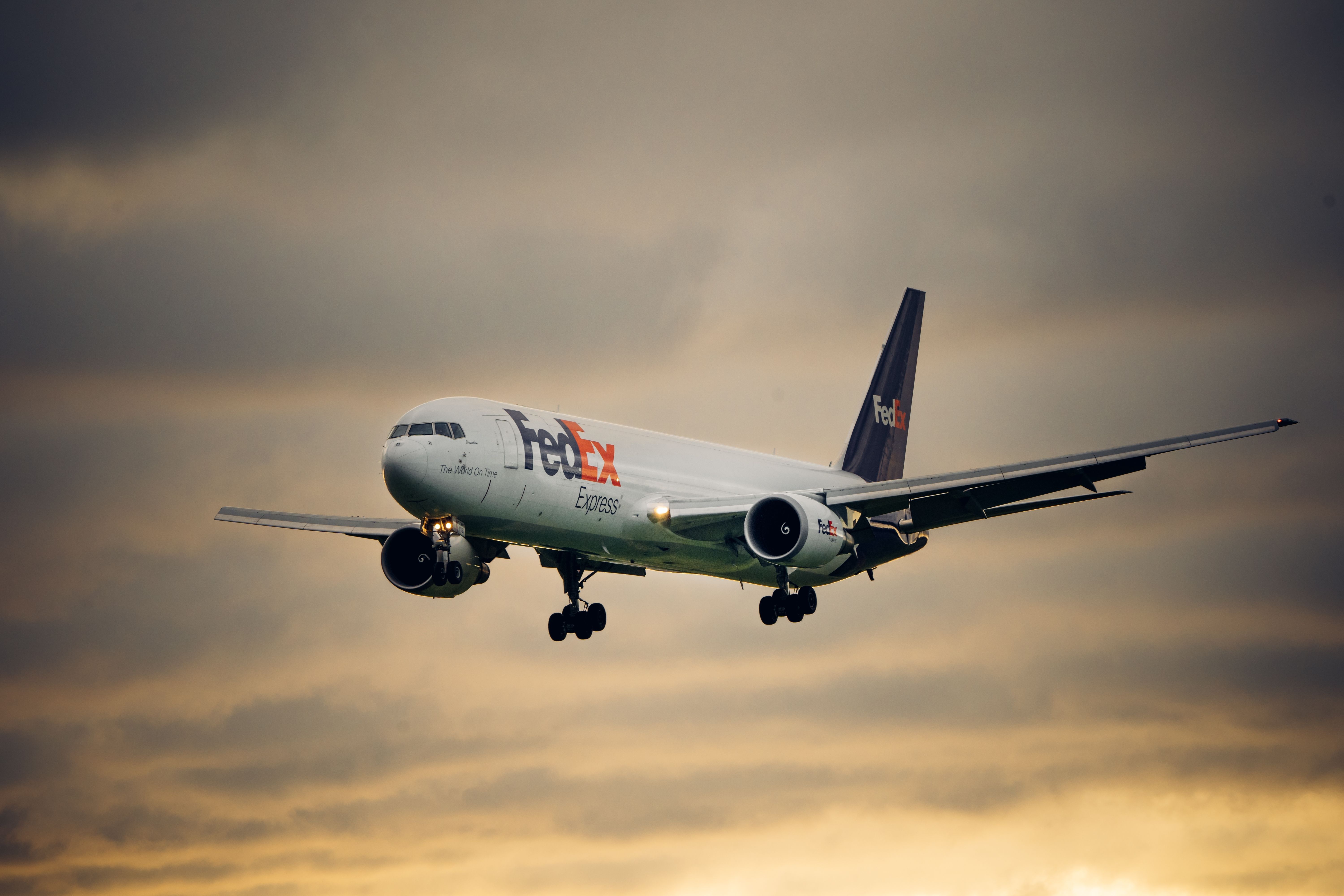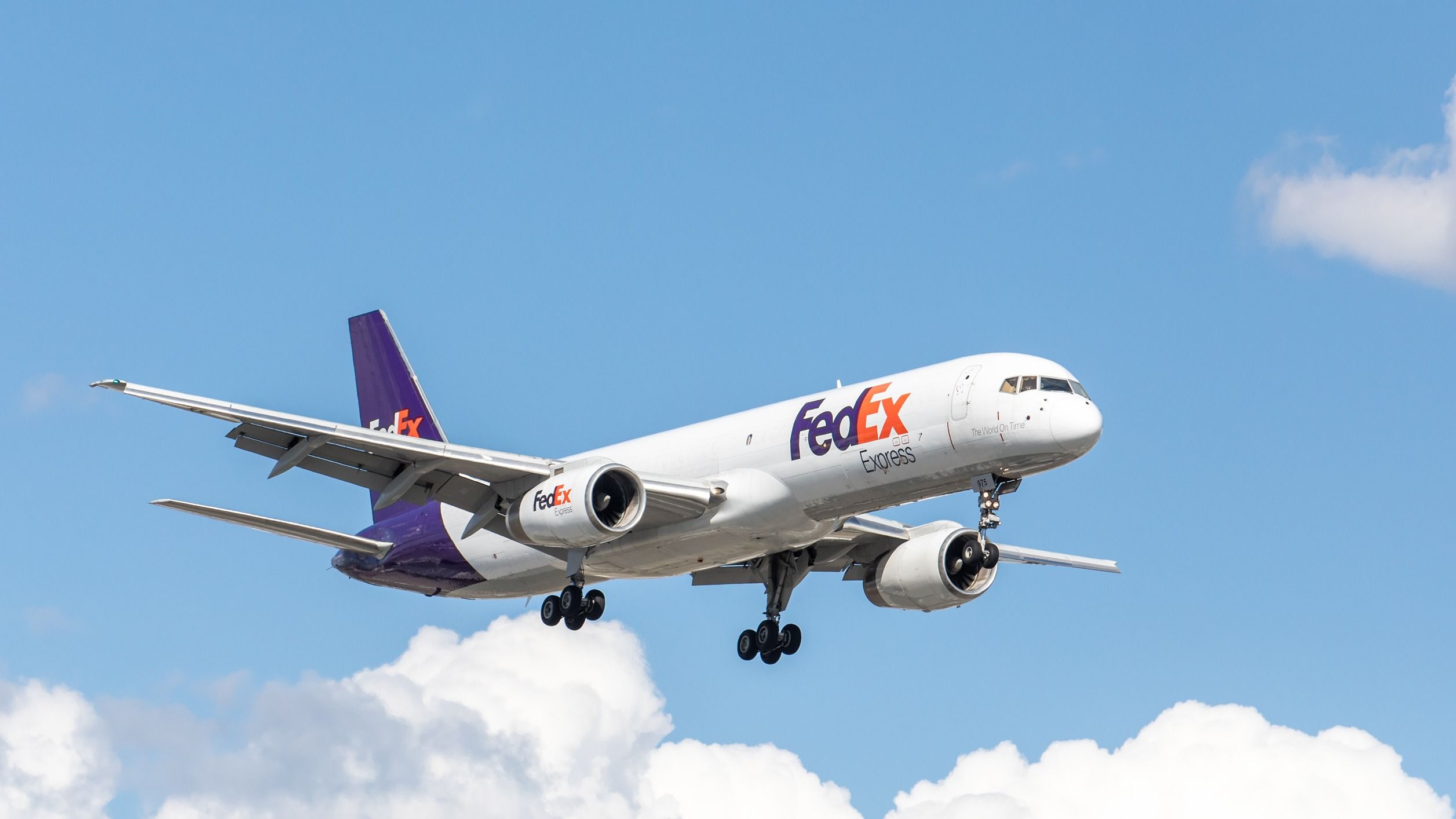Summary
- In response to decreased demand, FedEx is reducing the minimum flight hours guaranteed to pilots by 13% and implementing early retirement incentives.
- The U.S. Postal Service’s decision to reduce freight moved by FedEx will likely result in the departure of another 200-300 senior pilots.
- While the commercial aviation industry faces a pilot shortage, the air freight sector is experiencing the opposite problem, making it difficult for FedEx to find a solution.
FedEx Express, a global leader in the air freight market, announced hours reductions and early retirement policies for many of its pilots today, policies that have been met with employee dismay. While most scheduled passenger airlines have suffered pilot shortages in recent years, FedEx has encountered the reverse issue amid a substantial decline in parcel traffic.
As a result of this decreased demand, FedEx has looked to cut costs and has sought to renegotiate staffing agreements with its pilots. As reported by FreightWaves, industry contacts have confirmed that the minimum flight hours guaranteed to pilots will be reduced by 13%.
Additionally, the company has instituted mandatory early retirement incentives, and it expects to see the departure of over 400 captains, alongside pay cuts that have already been instituted amid the airline’s traffic downturn. The U.S. Postal Service is additionally planning to limit its air freight business that is subcontracted out to FedEx later this year, a move that could see another 200 to 300 senior pilots leave the airline.
FedEx and the pilots’ union are set to come back to the table in the coming months. The company’s $3.8 billion tentative contract, which would have increased pay by 30% over 4.5 years, was rejected last summer.
The issue at hand
The global downturn in air cargo has not been nice to FedEx and has left the airline in a challenging financial position. The U.S. Postal Service’s anticipated decision to reduce its freight moved by the cargo giant has only led this issue to grow exponentially.
Currently, FedEx pilots are paid a minimum of 68 flight hours per month, regardless of how many are flown. However, the airline intends to invoke clauses in its pilots’ contracts that will reduce the threshold when flight distribution schedules no longer allow this number to be reached.
The airline’s leadership has indicated a targeted figure of $50 million in labor cost reductions, which would require at least 200 pilots to depart from the carrier. In an interview published by Freight Waves, FedEx’s Vice President of Flight Operation and Training, Pat DiMento, had the following words to share regarding the situation:
“Unless we get a new contract, pilot pay is not going to magically fix itself, because I don’t see the economy turning around.”
Photo: Wirestock Creators | Shutterstock
The global air freight market has declined by nearly 18% in the final quarter of last year and express volumes, where FedEx makes their real money, were down by 10%. Nonetheless, the pilots, who are represented by the Air Line Pilots Association (ALPA), have speculated that FedEx’s daily volumes have only declined by 2%, and argue that the airline should be prioritizing staff salaries over a $1 billion stock buyback program, as reported by MarketWatch.
A paradox
The commercial aviation industry continues to suffer from a pilot shortage, with strategy consulting firm Oliver Wyman indicating that the situation will only continue to grow worse throughout the 2020s. The firm has projected that the shortage could reach 20,000 pilots in North America by 2029, leading aerospace giants like Boeing to announce investments in pilot development programs, as reported by CBS News.
However, the air freight sector currently faces the reverse problem. Therefore, one would wonder why FedEx and the Air Line Pilots Association do not collaborate to identify other carriers where surplus pilots may be needed.
Photo: sockagphoto | Shutterstock
However, the challenges to such a solution may prove too difficult to overcome from a financial perspective. Most of FedEx’s aircraft are older jets like the McDonnell Douglas MD-11 or Airbus A300, planes that are no longer in service with any major commercial airlines.
_Federal_Express_AN1133251.jpg)
A Historical Look At The FedEx Fleet Over The Years
The express package mega-carrier started from very humble beginnings 49 years ago.
Even FedEx’s newer 767 and 757 aircraft, which are still in service with operators like Delta and United, are not the planes where new pilots are needed most, as they are also slated for retirement. Retraining senior captains on newer aircraft is a costly and timely burden that no party will likely want to bear.
The pilot shortage has also been called into question by some major analysts, according to reporting from Forbes. Industry leaders have pushed back on these arguments, however, with Southwest CEO Bob Jordan relaying his expectation that the shortage will last at least three years. With extant doubt in the market regarding the imminence of a pilot shortage, airlines, and labor unions will continue to find themselves in deadlocked negotiations.



